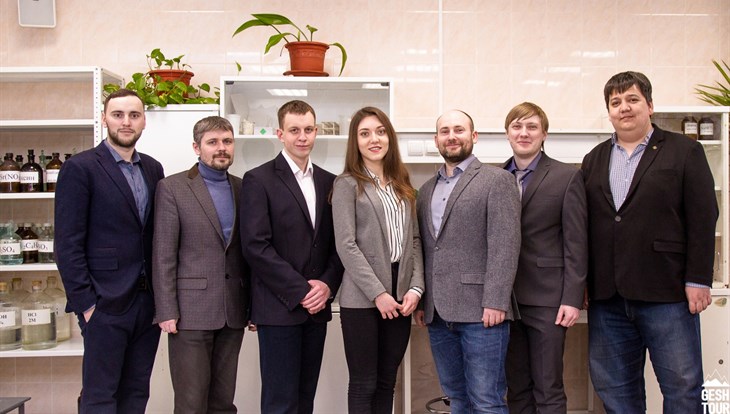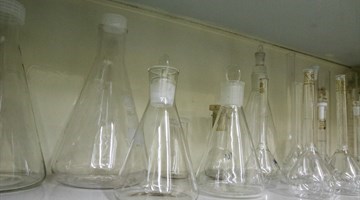© сайт Томского государственного университета
TOMSK, Dec 21 – RIA Tomsk. Scientists
of Tomsk State University (TSU) are developing new forms of drugs used, among
others, to treat coronary heart disease; the goal of the research is to
increase several times the ability of drugs to "reach" the site of
their action in the human body, the university's website reported on Tuesday.
It is specified that the project is supported by the
Russian Science Foundation (RSF). The project involves scientists of TSU
Faculty of Chemistry and Goldberg Research Institute of Pharmacology and
Regenerative Medicine. The objects of the study are substances from the group
of phenolic antioxidants - isobornylphenol, ionol, tocopherol, quercetin and
others, which have pronounced antioxidant, cardio- and neuroprotective
properties.
"A number of them are used to treat coronary
heart disease. They can increase life expectancy after acute myocardial
infarction. There is data showing that when taken orally, the studied substances
have low bioavailability, i.e. no more than 10% is absorbed in the
gastrointestinal tract," project manager Vyacheslav Yanovsky is quoted in
the report.
The researchers aim is to increase bioavailability of
capsules and tablets from 10-15% to 50%. This will not only improve treatment
efficacy but also reduce the number of side effects, the report said.
© РИА Томск. Павел Стефанский
"The task being tackled by TSU chemists under the
Russian Science Foundation project is to create new dosage forms in the form of
micro- and nanoemulsions. The extremely small particle size of the studied
substances will allow the drugs to overcome the barrier in the form of a cell
membrane and get into the systemic blood circulation much faster," the
university's press service said.
Scientists of the Goldberg Research Institute of
Pharmacology and Regenerative Medicine will assess how the absorption of active
pharmaceutical changes depending on the emulsion formulation, particle size,
etc., study the distribution of the investigated substances in organs and
tissues, examine the impact of new dosage forms on pharmacokinetic parameters.
All experiments will be performed on laboratory animals from the institute's
vivarium.